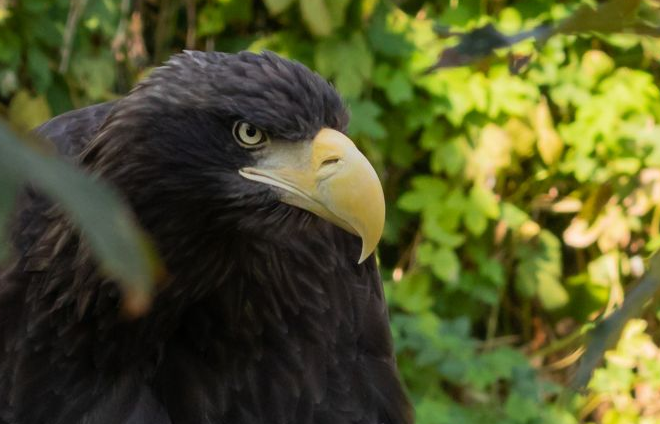The Bhutan Takin, also known as the Cattle Chamois, is the Bhutan National Animal. It is an interesting and unique animal that has a special place in Bhutanese culture and history. In this article, we will explore the physical characteristics, habitat, behavior, cultural and religious significance, threats, and conservation efforts of the Bhutan Takin.
Physical Characteristics of Bhutan National Animal
The Bhutan Takin is a large, muscular, and stocky animal that can weigh up to 600 pounds. It has a thick coat that is brownish-yellow in color and can be up to 6 inches long. It has short, strong legs that allow it to climb steep and rocky terrain, and a broad head with a short snout. The Bhutan Takin has curved, sharp horns that can grow up to 12 inches long in males and up to 3 inches long in females.
Habitat and Distribution
The Bhutan Takin is found in the eastern Himalayas, in Bhutan, India, and China. In Bhutan, it is found in the temperate and subalpine forests of the Bhutanese mountains. The Bhutan Takin is a herbivore and feeds on leaves, grasses, and bamboo shoots.
Behavior and Diet
The Bhutan Takin is a social animal and can be found in herds of up to 30 individuals. It communicates through vocalizations, body language, and scent marking. The Bhutan Takin is a diurnal animal and is most active in the early morning and late afternoon. Its diet consists of leaves, grasses, and bamboo shoots.
Cultural and Religious Significance of Bhutan National Animal
The Bhutan Takin has a special place in Bhutanese culture and religion. It is believed to be a manifestation of the protector deity, Lama Drukpa Kunley, and is considered a symbol of national identity. The Bhutan Takin is also depicted on the Bhutanese ngultrum currency.
Threats and Conservation for Bhutan National Animal
The Bhutan Takin is listed as a vulnerable species on the IUCN Red List due to habitat loss and fragmentation, hunting, and disease. The Bhutanese government has taken several steps to protect the Bhutan Takin, including the establishment of protected areas and wildlife corridors. The Bhutan Takin is also protected under Bhutanese law.
Conclusion
The Bhutan Takin is an important and unique animal that has a special place in Bhutanese culture and history. Its physical characteristics, habitat, behavior, and cultural and religious significance make it a fascinating animal to study. However, it is also facing several threats, and conservation efforts are needed to protect this magnificent animal for future generations.
References
“Bhutan Takin.” World Wildlife Fund. https://www.worldwildlife.org/species/bhutan-takin
“Bhutan Takin.” Smithsonian’s National Zoo & Conservation Biology Institute. https://nationalzoo.si.edu/animals/bhutan-takin
“Bhutan Takin.” IUCN Red List of Threatened Species. https://www.iucnredlist.org/species/712/0

